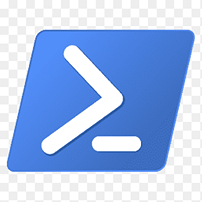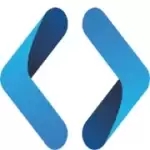Refraction Review 2025: What It Is, How to Use It & Is It Worth It?
Automate code generation, unit testing, refactoring, and documentation creation.

Refraction Description
Starting price
8
- Free plan
- Paid
- Free trial
Refraction Detailed Review
Let's dive deeper into what Refraction really offers. One of the main use cases of Refraction is its ability to generate code. This feature is incredibly useful for developers who are looking to save time on repetitive tasks. Instead of writing every single line of code, developers can use Refraction to generate code snippets in a variety of languages, including Python, Ruby, Rust, and more. This not only saves time but also ensures that the code is free of common errors.
Refraction also shines in its ability to create unit tests. Testing is a crucial part of the development process, but it can be tedious and time-consuming. With Refraction, developers can generate unit tests quickly and easily, allowing them to focus more on the development of the actual product.
Refactoring code is another area where Refraction excels. Refactoring is the process of restructuring existing code without changing its external behavior. It's a necessary step in the development process, but it can be complex and time-consuming. Refraction uses AI to simplify this process, making it easier for developers to maintain and improve their code.
Despite its many benefits, Refraction does have a few drawbacks. The main one is that it's not always perfect in its code generation. While it's great for generating simple code snippets, it may struggle with more complex tasks. Additionally, while it supports a wide range of languages, it may not support every language out there. Developers using less common languages may find this tool less useful.
As for pricing, Refraction offers a free trial, which is great for individual developers who just want to try it out. However, professional developers and teams will want to upgrade to a paid plan. There is a range of subscription plans on offer, depending on your needs and budget.
In conclusion, Refraction is a powerful tool for developers. It automates many tedious aspects of the development process, allowing developers to focus more on the creative and complex parts of their work. Despite a few drawbacks, it's a tool worth considering for any developer looking to streamline their workflow.
Similar AI Tools

heyCLI
Code Assistant
Translate natural language into Linux commands.

Notebook Copilot
Code Assistant
AI copilot for Jupyter Notebooks.

Sketch
Code Assistant
Improve code-writing in pandas with AI-powered suggestions.

SourceAI
Code Assistant
Generate code in any programming language quickly.